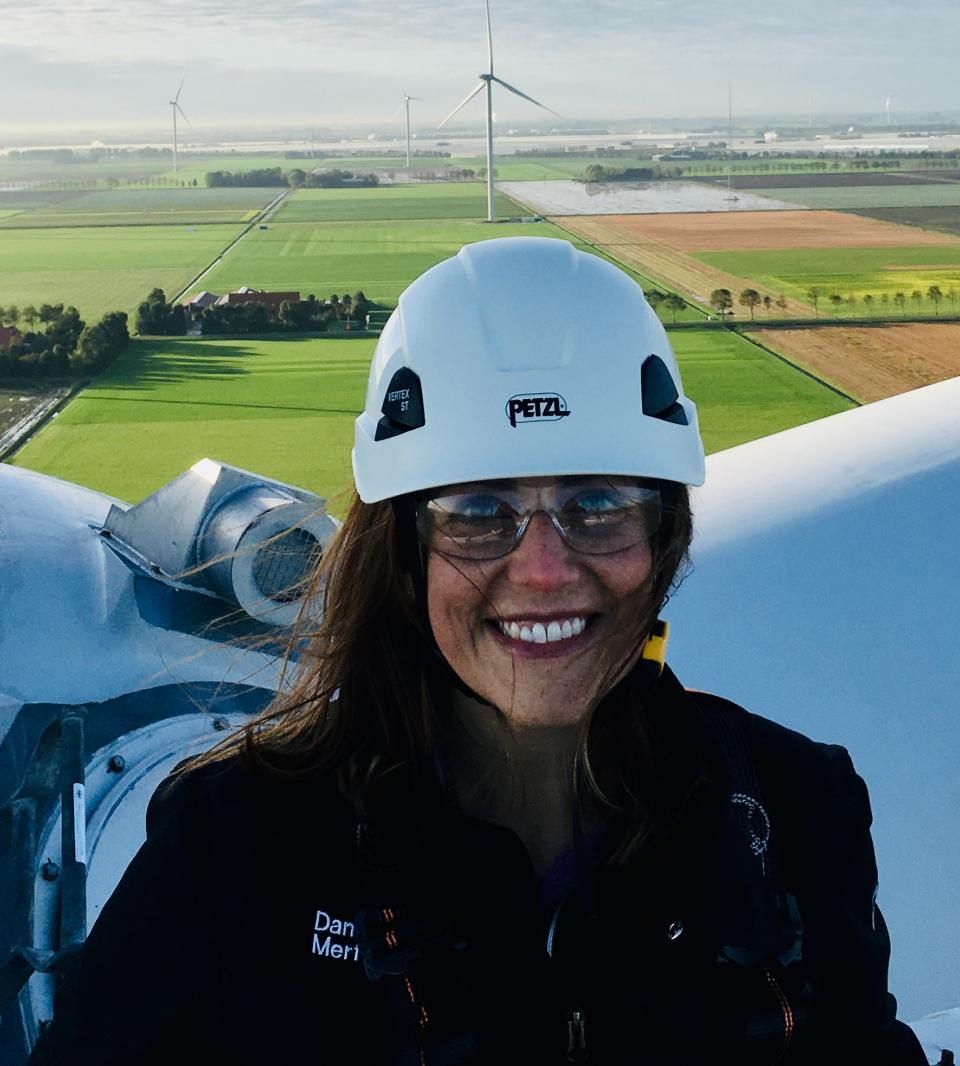Next week the 197 signatory nations of the UN Framework Convention on Climate Change (UNFCCC) will convene in Sharm El-Sheikh, Egypt, for the 27th annual meeting of the Conference of the Parties (COP27). It’s the largest gathering of governments, businesses, NGOs, and civil society groups coming together to tackle the climate crisis and push forward on goals to protect the planet.
Some 20,000 people have descended on Glasgow, Scotland, to attend the United Nations’ 26th Climate Change Conference of Parties (COP26), which runs until Nov. 12. They are discussing ways to emit less carbon and hold the planet’s temperature increase to less than 1.5 degrees Celsius. “As countries begin to recover from the coronavirus pandemic, we must take the historic opportunity to tackle climate change at the same time — to build back better, and greener,” said Alok Sharma, COP president designate.
One of the last business trips Danielle Merfeld took before the pandemic was to get an up-close look at the prototype for GE’s Haliade-X, the most powerful offshore wind turbine in operation, installed at the tip of the Port of Rotterdam in the Netherlands.
Set aside the politics. If by some miracle we turned off carbon emissions immediately, how would the climate respond? Richard Rood, a professor at the University of Michigan's Department of Climate and Space Sciences and Engineering, explores that scenario.
The extent to which we support energy innovation today will determine the world our children and grandchildren inherit in 2050. It takes 30 years or more to successfully commercialize and deploy transformative new energy technologies at scale, so the investments we choose to make over just the next 5 years – or indeed those we don’t - will determine their fate.
The year 2050 sounds pretty far away, doesn’t it? But in terms of the world our children and grandchildren will inherit, 2050 is today: it’s right around the corner.
All over the world these days, sustainable design is good design -- from China's tallest tower to the Bellagio Hotel fountains. Designers and engineers who are addressing climate change and aiming for higher resource productivity typically employ five approaches, writes Lynelle Cameron, president and CEO of the Autodesk Foundation and vice president of sustainability at Autodesk.
Most people don’t see themselves as having the personal power or influence to make a compelling difference in climate change.
Going round in circles can actually make your journey more efficient, so why don't more people do it, asks Graham Kendall, computer science professor at the University of Nottingham?
In December 2015, 195 countries gathered in Paris for the 2015 United Nations Climate Change Conference (known as COP 21 after the 21st Conference of the Parties) and collectively agreed to reduce global emissions in an effort to combat climate change. This agreement is referred to as the Paris Agreement.














